Tapping Maple Trees for Syrup in the Intermountain West
Introduction
Maple syrup is made by collecting sap from a maple tree in late winter / early spring and boiling it until it is 66% sugar concentrate. Although most maple syrup is produced from sugar maple (Acer saccharum) and red maple (Acer rubrum) trees, it is possible to collect sap from many other maple species. A growing number of people are interested in producing maple syrup in Utah, using both native and introduced maple species.
There are many great resources for how to tap trees and produce delicious syrup. The purpose of this article is primarily to introduce the process and discuss some details that are specific to the Intermountain West area. Further resources are listed at the bottom of this article.
Tapping on Public Lands
It is best to use your own maple trees, whether that is in your front yard or in the woods on your property. If you don’t own maple trees and don’t know anyone who would let you use their trees, you may want to consider tapping public trees.
If you want to harvest maple syrup from your local National Forest, first call the Ranger District office near you. However, since maple tapping is not commonly done in the West, it is very likely that they will not know what you are asking.
The Uinta-Wasatch-Cache National Forest does not have commercial maple syrup related permits (as of December 2022), partly because this is such a new area of interest.
Always be mindful of the environment and choose trees in locations that are not near high traffic areas where your bucket and tap will be disturbed. Be respectful of the laws in your area.
This article does not cover commercial tapping operations.
How to get started
Find a maple tree
The best time to identify maple trees is in the summer or fall before they drop their leaves. For help identifying the most common maple trees in Utah, check out the resources at the bottom of the page.
One detail to look for in the winter is the winged seeds, which have similar structure across all maple species. Additionally, maple trees have paired leaves and buds.
After identifying the species, the next most important thing is to make sure the tree is big enough to support tapping. The tree’s diameter should be 10 inches minimum at 4.5 ft above the ground. Although smaller trees can be tapped, you won’t get as much sap and there are long-term sustainability concerns about tapping trees that are too small. Tree diameter can be measured in several ways:
- Biltmore stick (see details at https://forestry.usu.edu/rural-forests/forest-management/measuring-stick)
- Tree calipers
- Logger’s tape around circumference
- Standard flexible measuring tape - measure the circumference at 4.5 ft, then divide by 3.14 (pi)
A tree with a diameter of 10 - 20 inches can support a single tap hole. In the Intermountain West region, it is not advised to put multiple taps on any single tree.
Watch the Weather
The ideal timing for maple syrup tapping varies by region and may be different from year to year.
The most important pieces of information you will need are daytime temperature highs and nighttime temperature lows. Look for temperatures that are above freezing during the day, preferably around or above 40⁰F, and nighttime temperatures are below freezing, preferably in the mid 20s.
The daily freeze / thaw cycle changes the pressure within the tree’s branches, which forces the tree to draw water up from its roots. As the tree thaws in the sunlight, sap flows downward from the branches to the roots and out the tapping hole.
This weather pattern can be relatively short and the maple tapping season varies from year to year. If tapping many trees, consider putting test taps on a few trees to observe the sap flow rate. Once the flow rate is satisfactory, tap the rest of your trees. Do not remove your taps until you are finished collecting sap for the year. Removing and re-inserting taps can introduce bacteria and pathogens into the tree.
Stop collecting when you notice leaves starting to bud or when the sap turns a yellowish color. Sap may continue flowing after the tree begins to leaf out in spring, but the sap will contain additional nutrients to benefit the new growth. This changes the color of the sap and negatively impacts the taste.
How to Tap: A Brief Overview
Now that you know which trees to tap and have favorable weather conditions, it’s time to get started.
- Decide where to tap. The south side of a tree will have higher sap flows in the beginning of the season whereas north side tends to run better later in the season. The key thing is to stagger your tapholes so you move around the trunk of the tree over time. Choose an undamaged spot on the trunk, at least 2 inches to the left or right and 10” vertically from prior year’s tapholes.
- Drill your hole directly in to the tree, keeping your finger on the trigger all the way in and while you are pulling the drill bit out. Use a 5/16” drill bit that is designed for drilling maple wood drill approximately 1.5-2 inches into the trunk.
- Tap the spout into the hole. Don’t pound it in too deep, as this can potentially split the wood and cause lower sap yields. There are lots of different spout designs, from traditional metal spiles to plastic spouts with hose attachments.
- Attach your bucket, bag, or hose. Be sure that whatever you are using is clean, food grade, and covered to protect from debris or critters getting into your precious sap.
- Process or store your sap. Sap can be stored at low temperatures (38 ⁰F or lower), but it is recommended to process your sap as soon as possible to avoid bacteria growth.
Processing and Consumption
This article does not provide specific directions for making maple syrup. See the resources below for more information.
Processing sap into syrup is a long process, as you need to evaporate essentially 98% of the water out of the sap. It takes 30-60 gallons of sap to make 1 gallon of syrup, depending on the initial sugar content of the sap. It is not recommended to process large amounts of sap indoors, as the humidity can damage your kitchen.
Other uses for maple sap include drinking or cooking with the sap. It can be used in place of water in any recipe and will add a bit of natural sweetness. Maple water may have some health benefits as a post-workout beverage due to the electrolyte content.
Resources
Maple Tree Identification:
Tree identification: Maples
https://treebrowser.org/
When to Tap:
When is the Best Time for Sugarmakers to Tap Their Maple Trees
How to Guides:
Utah:
Utah:
How to Tap Maple Tree in Your Yard
Maple Syrup Production for the Beginner
Processing:
Small Batch Maple Syrup Making Guide
Collect Sap Make Syrup
Tips for Beginners and Backyard Maple Sugar Producers
Maple Water:
Benefits of Maple Water
Rehydrating efficacy of maple water after exercise-induced dehydration
Sap Flow Mechanics:
Maples Under Pressure
Maple Sap Exudation: How it Happens
Cautionary Tale:
Sugar Poem
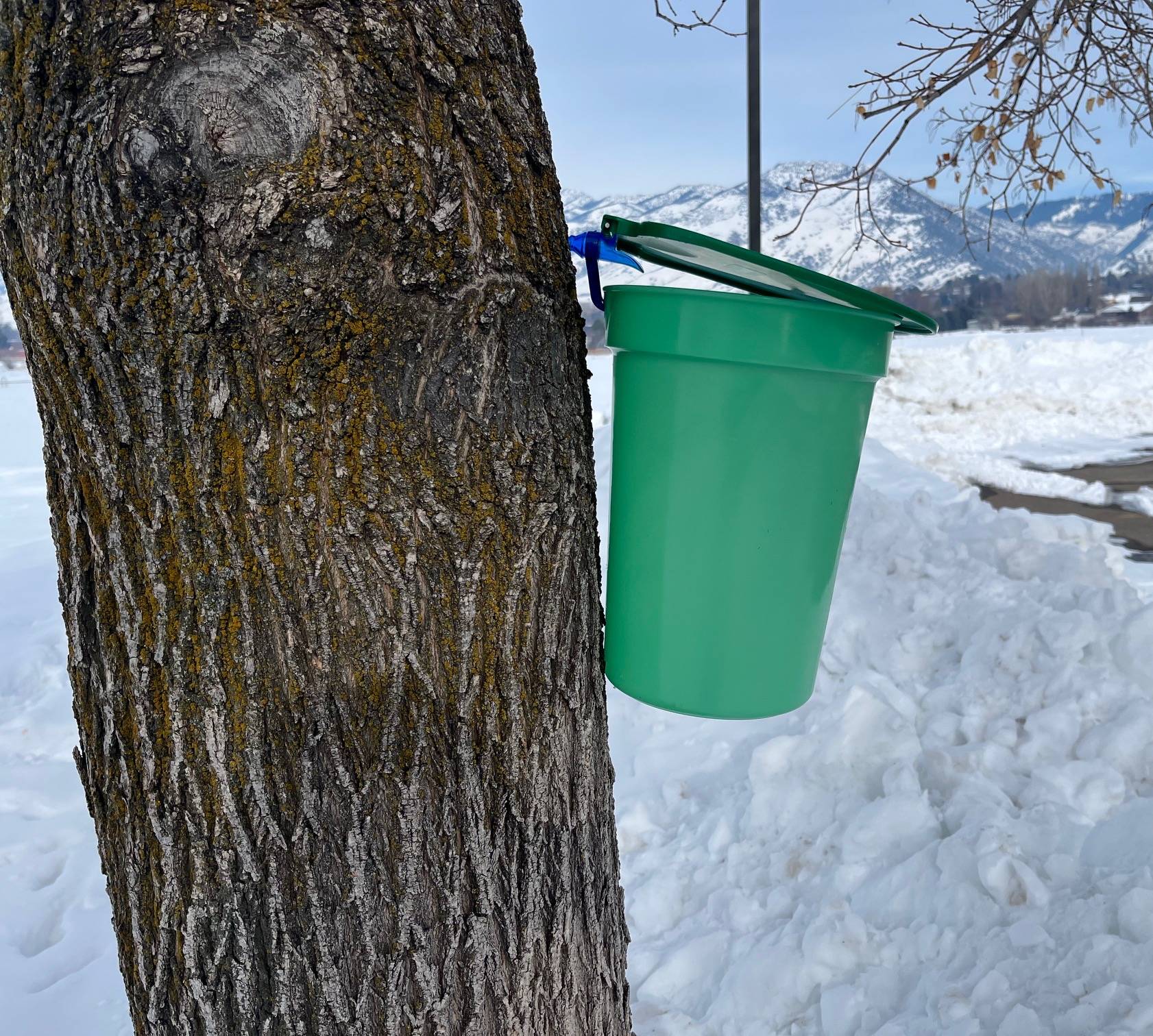
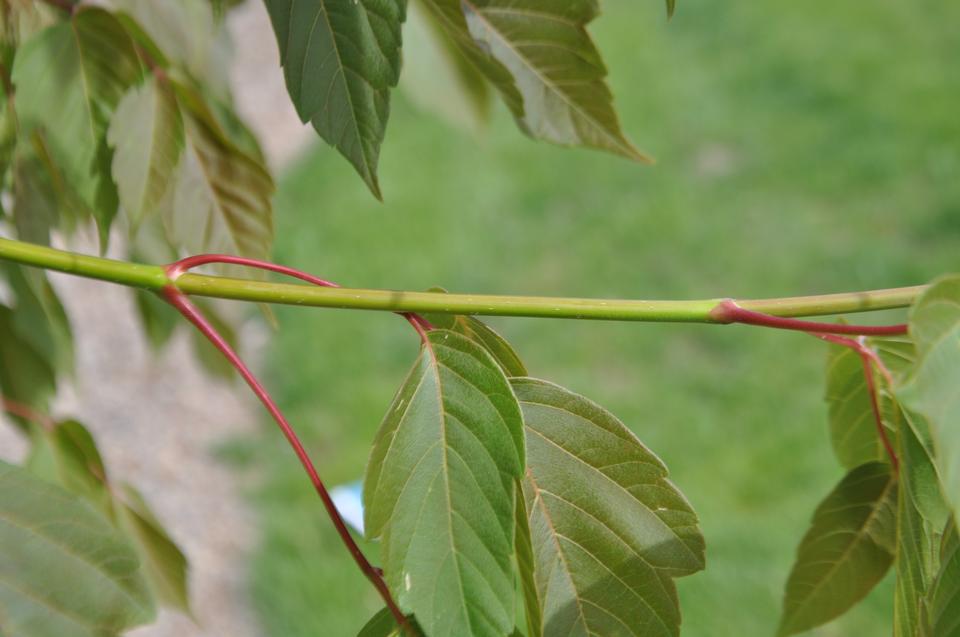
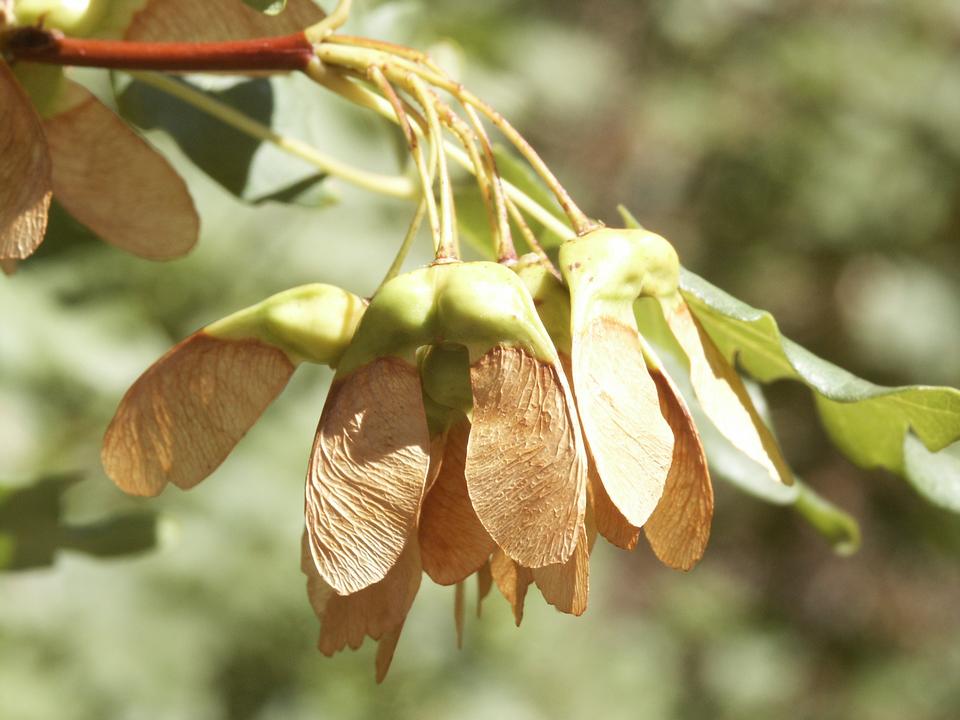


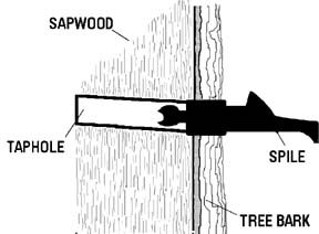

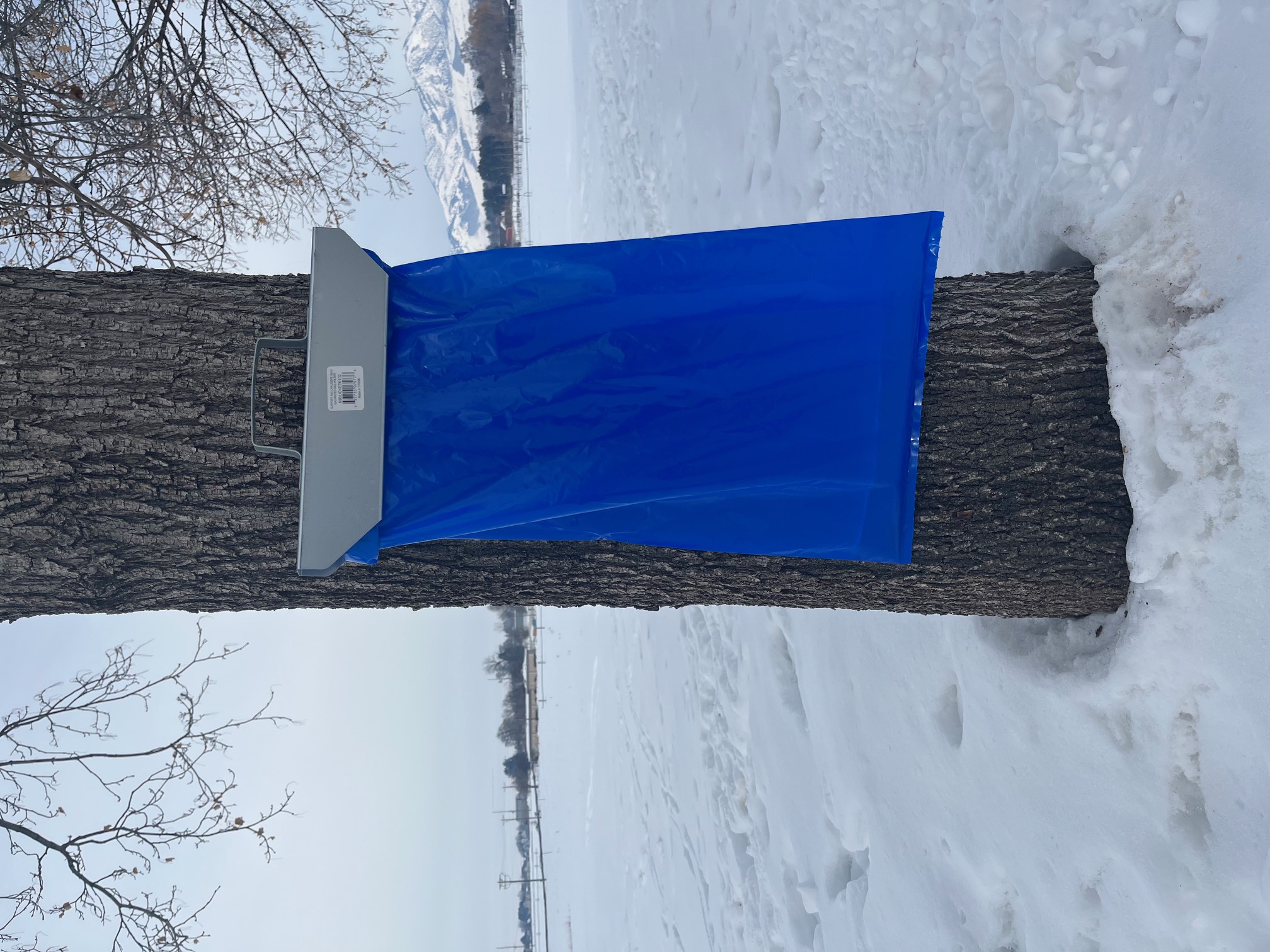
Acknowledgements
Special thanks to the following organizations and individuals for their collaboration and assistance in the creation of this article.
Stoke’s Nature Center
Dr. Youping Sun
Dr. Michael Farrell
Dr. Patrick Kelly
Steven Price

